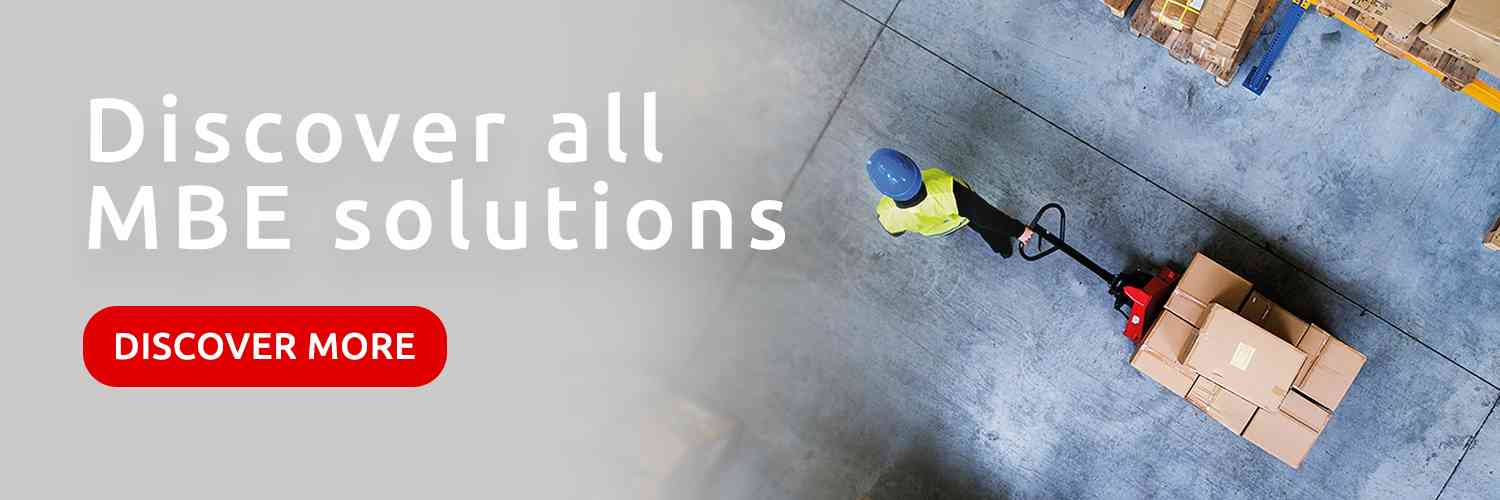Types of pallet: materials
The choice of which type of pallet to use for your goods can depend on many factors, including the weight and fragility of the products, the methods of handling and other storage needs. However, the main, or most obvious, aspect that differentiates and characterizes the types of pallets concerns the material with which they are made. Let us look at the main options together.
Wood. According to data provided by Statista, wooden pallets represent 90% of the entire world production. Widely used for numerous types of goods, they are appreciated - as well as for their low cost - for their robustness, the wide availability of configurations and the ease with which they can be repaired. Furthermore, wood is a completely biodegradable material and easy to recycle or use in multiple uses and contexts, therefore contributing to environmental sustainability. This is the best solution for SMEs and start-ups that need to optimize delivery costs and storage operations.
Plastic. Plastic pallets offer superior durability and resistance to atmospheric agents compared to their wooden counterparts and can therefore be used in the right context. They are also easy to clean or wash, do not absorb odors or liquids and are therefore ideal for transporting goods in environments requiring high hygiene standards, such as the food and pharmaceutical industries. They have a long average life and are generally 100% recyclable, which can compensate for the initial investment in the long term. Lightweight and easy to move, they are suitable for the import/export of goods to countries with particular restrictions, since they are not attacked by bacteria or wood parasites.
Metal. Metal pallets, usually made of steel, are probably the most expensive among those on the market. However, these are extremely robust models, almost indestructible, fireproof and perfect for the transport of heavy goods. Although their weight can be a disadvantage in terms of shipping costs, they offer exceptional resistance and can be used repeatedly without deterioration.
Cardboard. These models have gained popularity as an alternative to wood and plastic and represent a cheaper solution, which is also excellent for display purposes in contexts such as fairs and temporary showrooms. They are particularly suitable for air transport, thus reducing shipping costs. Although they are not suitable for particularly heavy loads or for prolonged use, cardboard pallets are completely recyclable and can be easily customized according to company requests.

Structure and size of the pallets
Pallets are distinguished not only by the construction material, but also by their structural characteristics and dimensions. These factors are crucial to determine the type of pallet best suited to the specific shipping and storage needs of an e-commerce, a start-up or an artisan business. As regards the structure, they are mainly divided into four-way and two-way pallets: the former differ from the latter because they allow forklifts and pallet trucks to enter from all four sides, offering greater flexibility and efficiency in handling. This distinction is fundamental for loading and unloading operations and can influence the speed and ease of handling goods.
Pallet sizes can also vary depending on the sector of use and geographical area, but there are some standard dimensions that are commonly recognized internationally. Among these we find the sizes of EUR and EPAL pallets, which have a size of 1200 x 800 mm and represent the reference standard for logistics in Europe. The American pallet, however, is widespread overseas and has slightly different dimensions - 1200 x 1000 cm - and represents the standard for trade with the countries of the American continent.
If you are looking for the most convenient and high-performance logistics solution for your company to ship batches of oversized items or goods in your country and abroad, trust to on the shipping service MBE pallet shipping. With an international network of professionals capable of managing pallet handling, loading and unloading procedures and correct storage in the warehouse, MBE is a reliable partner to help you expand your business.




